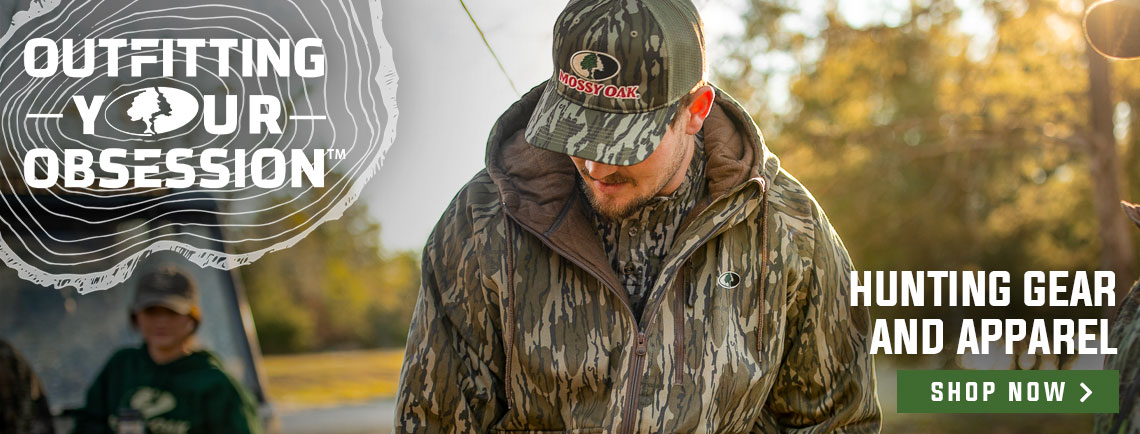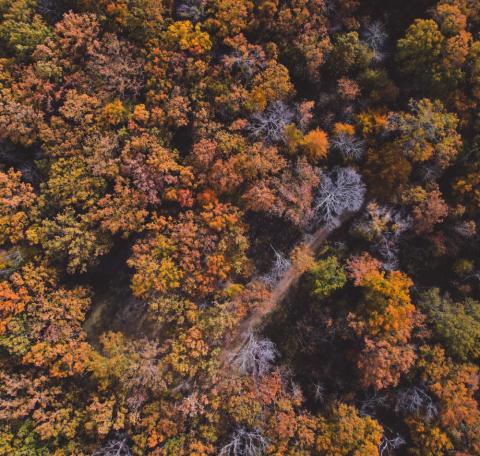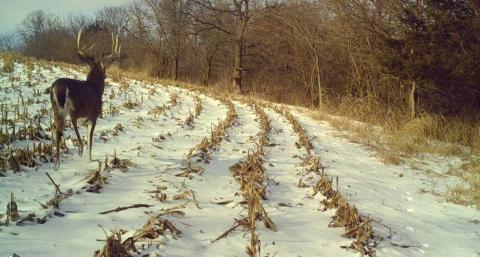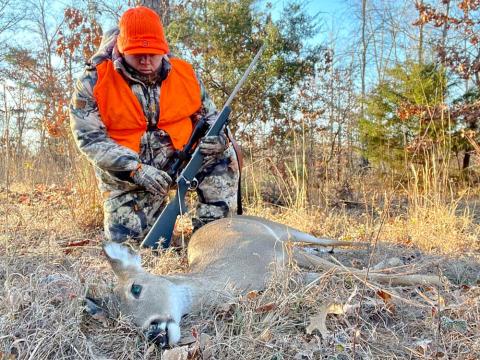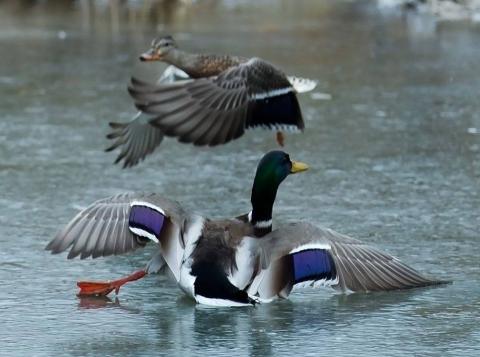Heath Wood
With a large mound of red dirt towards our right and a thick brushy bottom, we were ready to begin the second day of our coyote hunt in western Oklahoma. Before pushing play on the remote of my electronic caller, I scrolled through the playlist to find a different sound than what we had played the previous day. Yellow Hammer Woodpecker is a sound I have previously had success with, so I decided to begin my calling sequence with it.
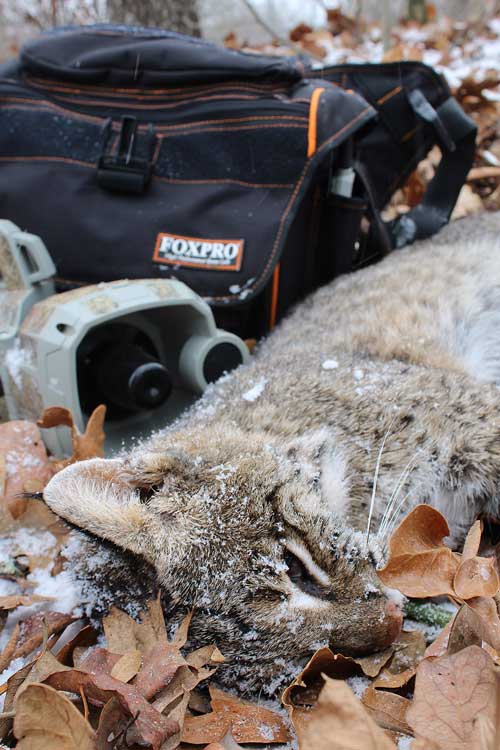
Upon arrival at our hunting camp, the outfitter informed us that bobcat season had ended the day before. With an impressive cat population, he said our chances of seeing or calling a bobcat were high. Sure enough, after seven to eight minutes of the caller blasting the sound of the woodpecker, a bobcat was spotted easing his way down the red dirt mound through the brushy bottom. The big tom made it approximately ten yards from the call before he decided he didn’t like the surroundings and eased back into the thick cover.
With bobcat season expiring the day before our arrival, we would go on to call in five cats during our 3-day hunt. Although it was heartbreaking to let all of them pass, I did walk away from the hunt with a bit more knowledge of the sounds bobcats like the best.
When targeting bobcats while hunting, it is vital to remember that they are usually slow to come to a call, especially compared to how fast coyotes typically respond. Often, bobcats lose their concentration and leave when there is no consistent sound to keep their attention or a decoy flopping around to keep their focus. Below are three examples of the best sounds to use when hunting and calling bobcats.
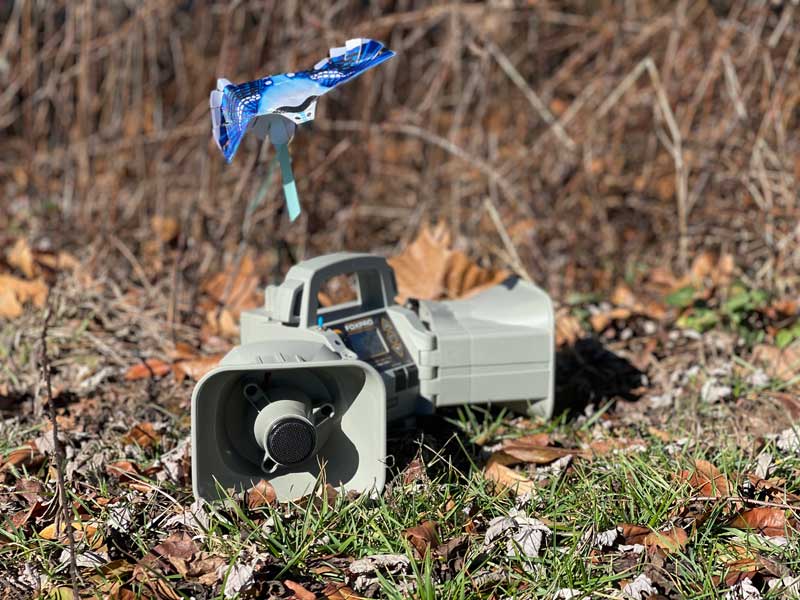
Keep The Bobcat Busy
To keep a cat's attention while responding to my calling, I often use a decoy in conjunction with the sounds I am playing. One of my favorite sounds comes from the FoxPro sound library: a Young Blue Jay Distress. When using my FoxPro X Wave electronic caller, I often use the blue jay topper on the end of my decoy. Bird sounds are great for bobcats because they are high-pitched and, what I call, busy sounding. With a busy-sounding call and the extreme motion of the decoy, it makes for an excellent cat sequence when hunting.
One sound that I have had incredible luck with includes the Yellow Hammer Woodpecker that I mentioned earlier. It is commonly found in the Johnny Stewart Calls lineup and is one of my favorite predator hunting sounds. In recent years, I have preferred using the incredible selection of bird sounds from FoxPro, including Woodpecker Distress, Northern Flicker, and one sound titled Lucky Bird. These sounds all work exceptionally when calling bobcats.
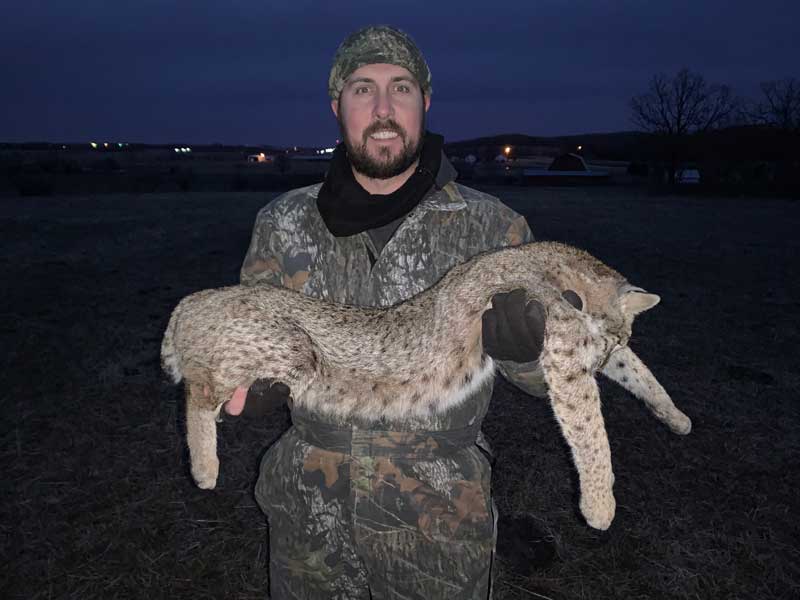
Double Rabbit
A dying rabbit is undoubtedly the most used sound among all predator hunters. It’s no different when specifically focusing on bobcats. However, many hunters have found that playing rabbit sounds a bit longer and switching back and forth between differing rabbit sounds can work magic on bringing cats into close range.
One of my favorite cat-calling sequences starts with a baby cottontail in distress. I begin with the baby cottontail and continue playing the sound for five to six minutes without pausing. After the six-minute mark, I immediately switch to a raspier-sounding rabbit, such as the famous FoxPro sound called Mrs. McCottontail. I have heard some predators admit, and I must agree, that the Mrs. McCottontail could be one of the best sounds for bobcats that have ever been recorded. When playing the baby cottontail, then following with the raspier Mrs. McCottontail, it makes for an excellent sequence because it keeps seizing the attention of a bobcat who may be sitting slightly out of range or hesitant about getting closer. When the sounds switch, it triggers the cat's curiosity, and we all know what they say about curiosity and the cat.
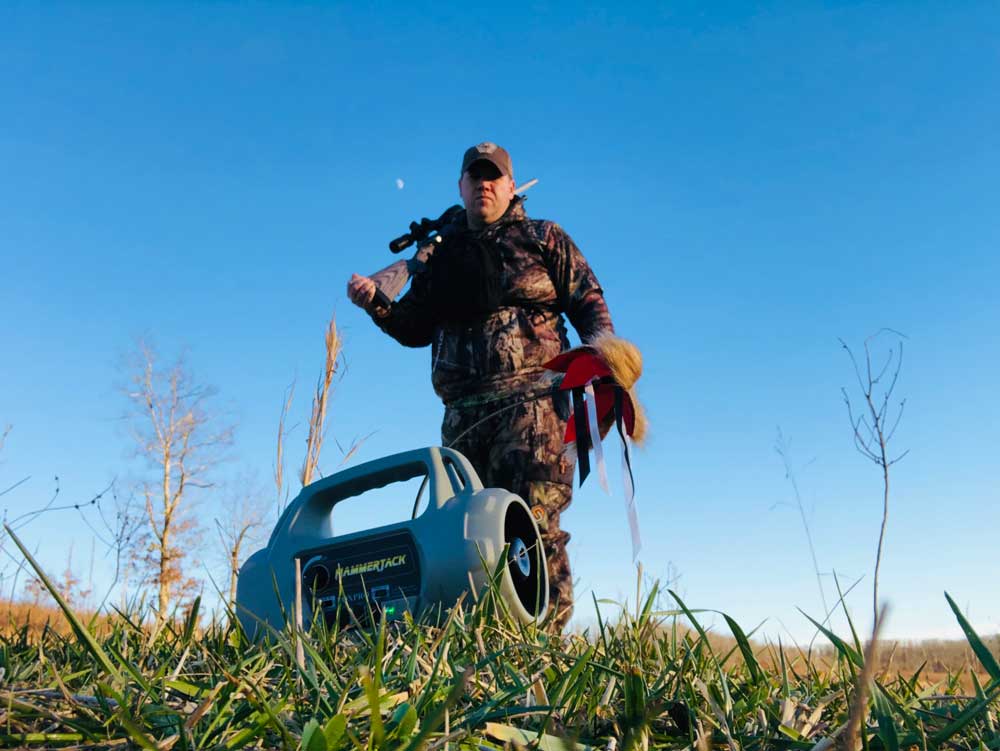
Bobcat Vocals
For much of the year, the sounds that resemble a meal will be the most compelling sounds for bobcats. However, during the breeding season, which occurs throughout the winter, typically peaking in January, bobcat vocals may be the trick.
When the bird or prey-in-distress sounds seem not to work as well, hunters can often use different bobcat vocals to create a curious dynamic to entice cats to come to investigate and join in on the commotion.
On a double-reed diaphragm call, I often imitate the meows of a bobcat. Using a mouth call creates softer, more aggressive meows that often occur when breeding. As for the best sounds on an electronic caller, I have used Aggressive Bobcat combined with a diaphragm call or Bobcat in Heat. These sounds work exceptionally when a female bobcat in heat is in an area and has attracted multiple tomcats.

